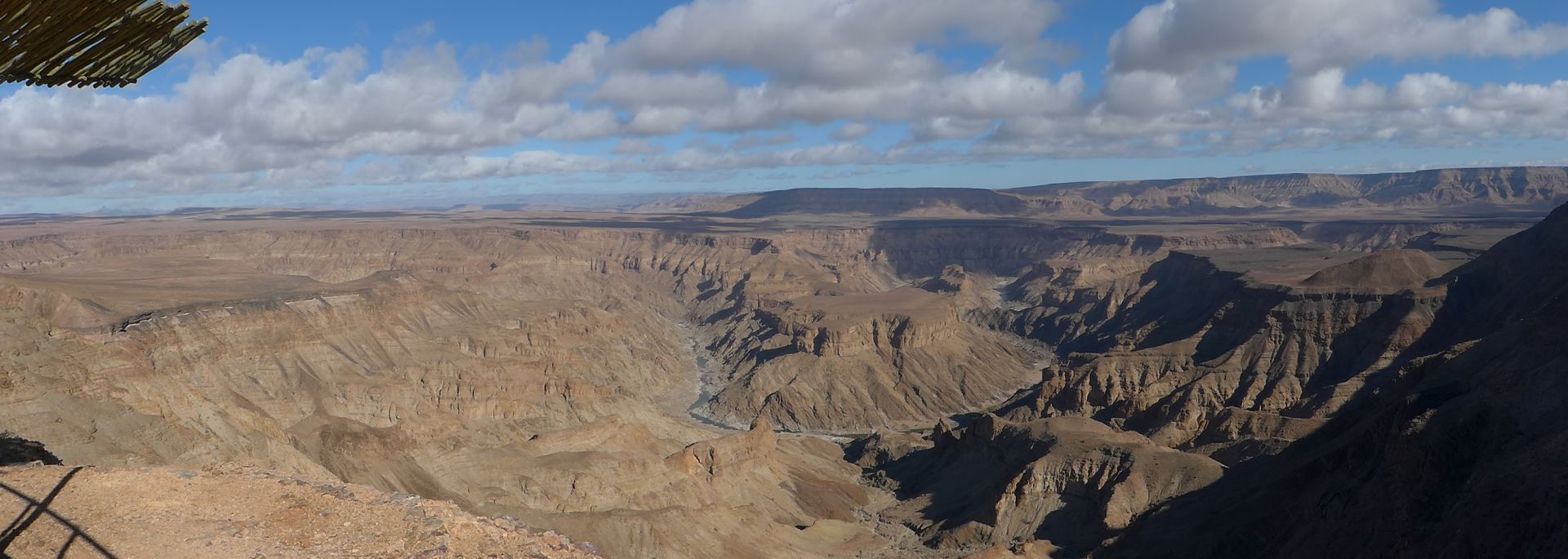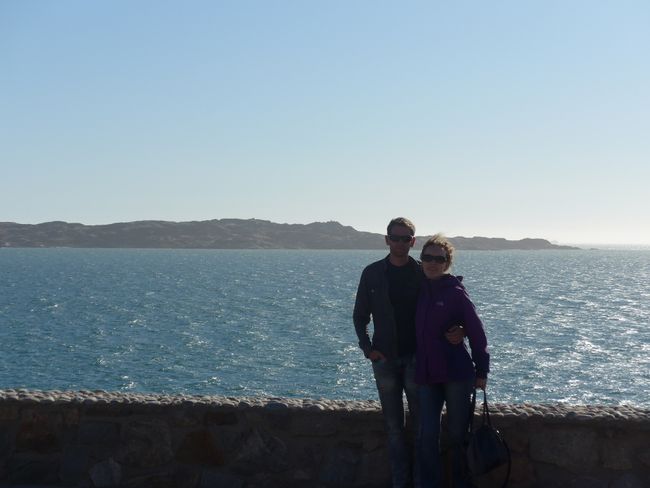Yogyakarta and Prambanan (Java Tour 3)
게시됨: 10.09.2018
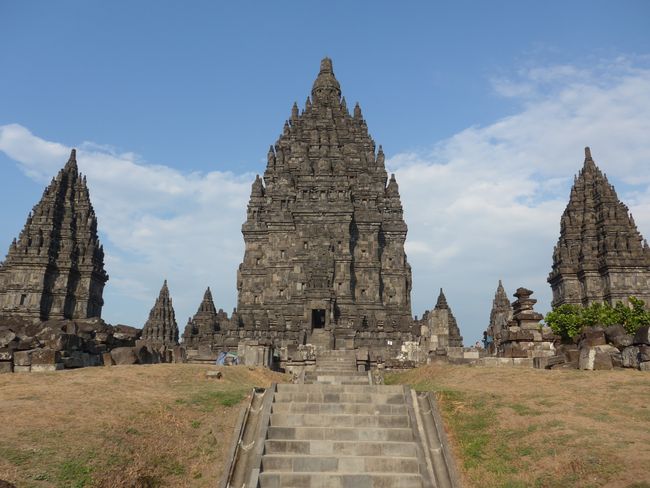
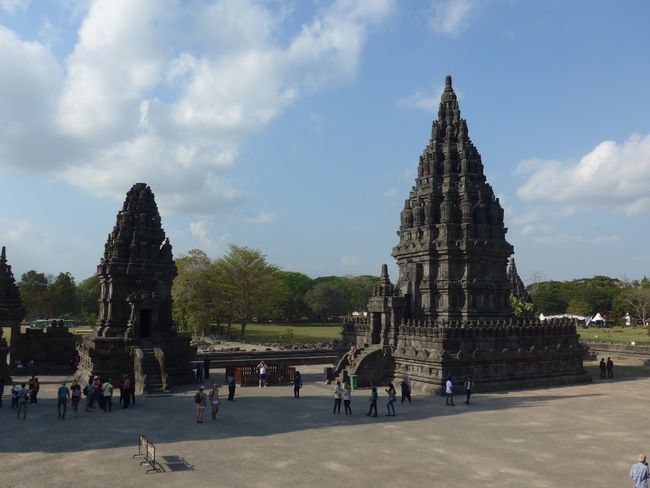
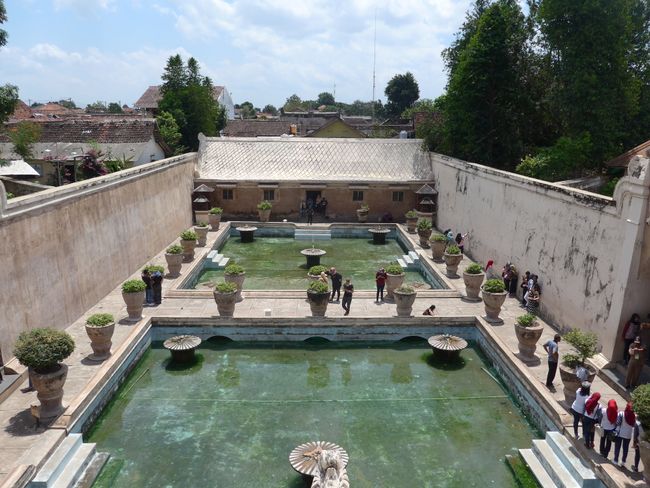
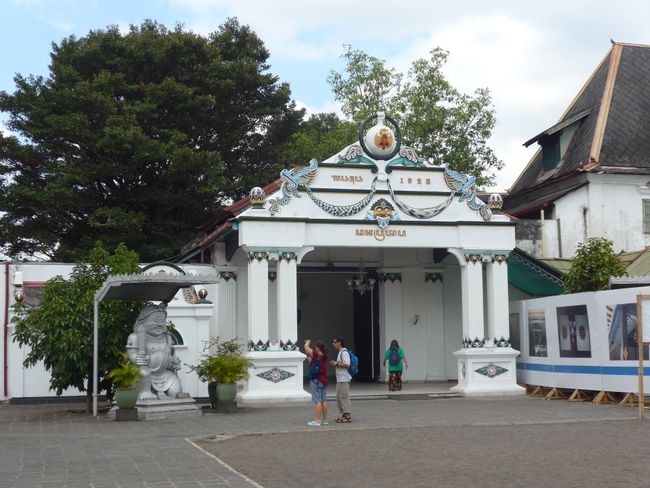
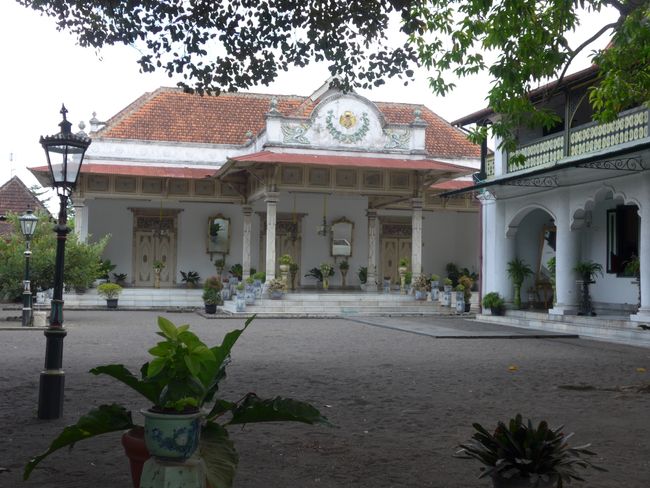
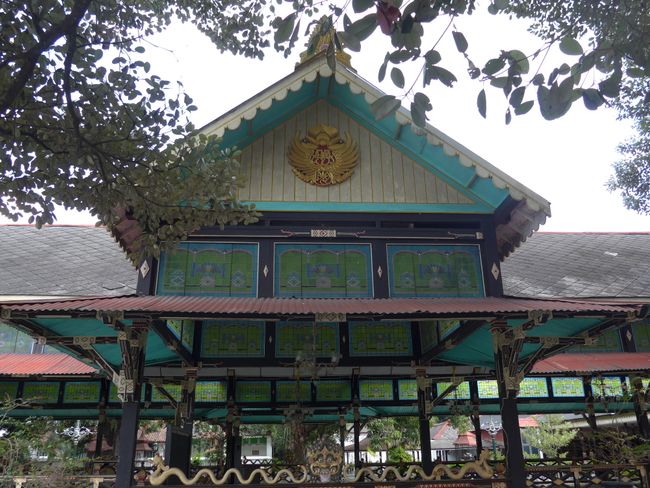
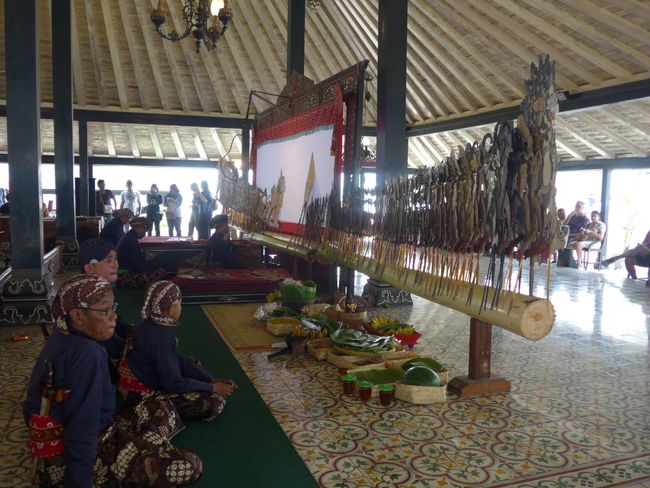
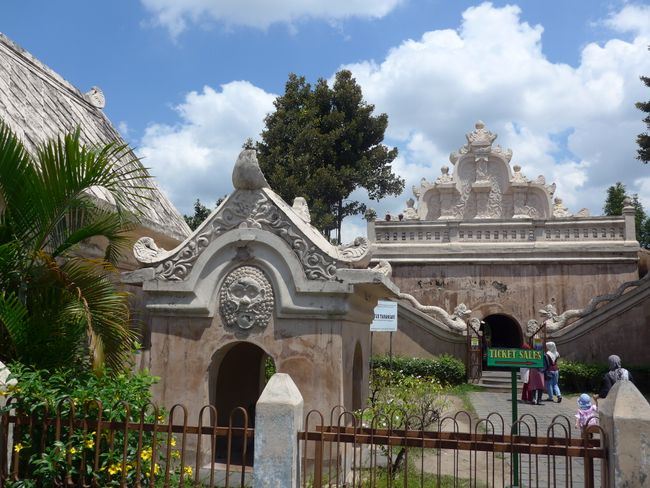
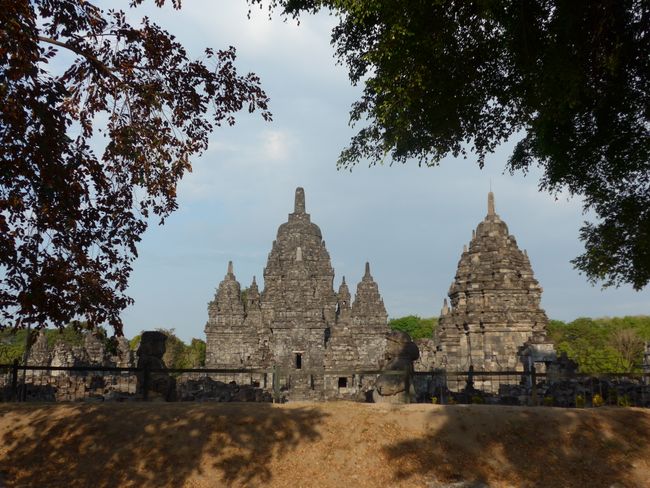
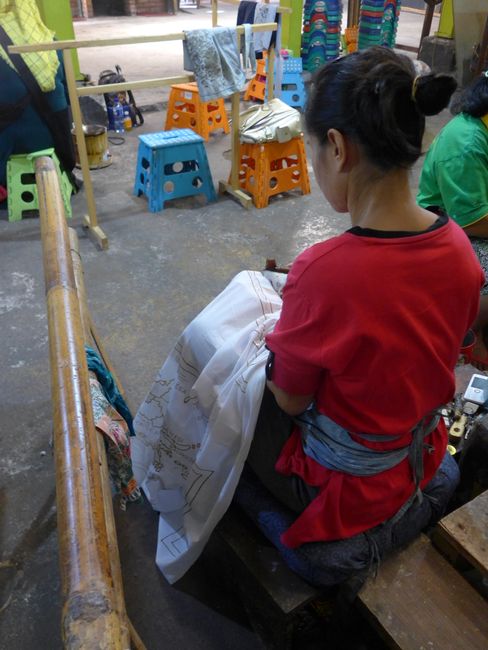
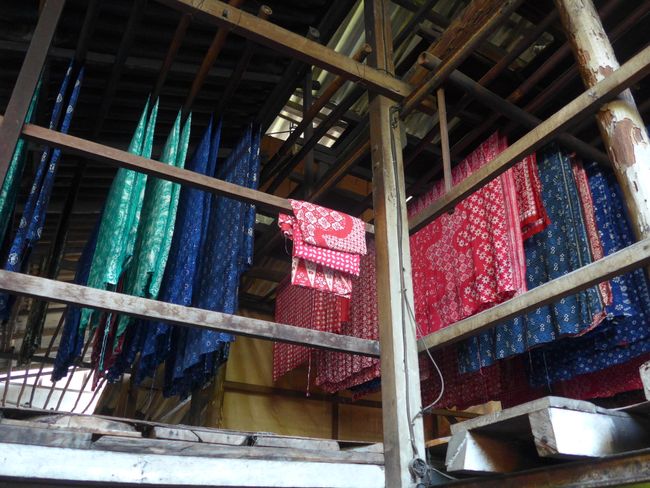
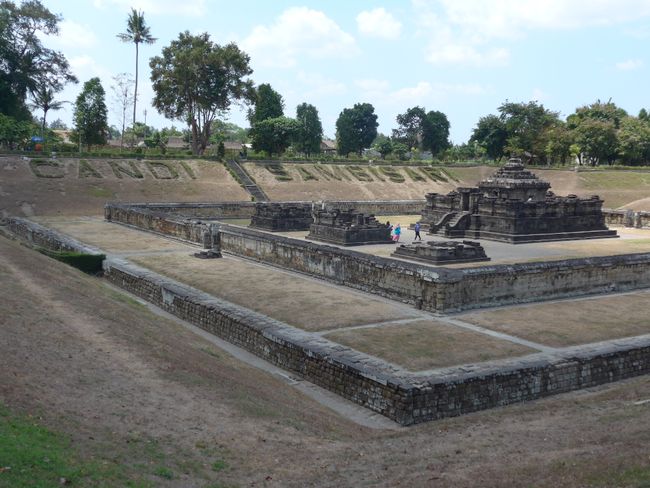
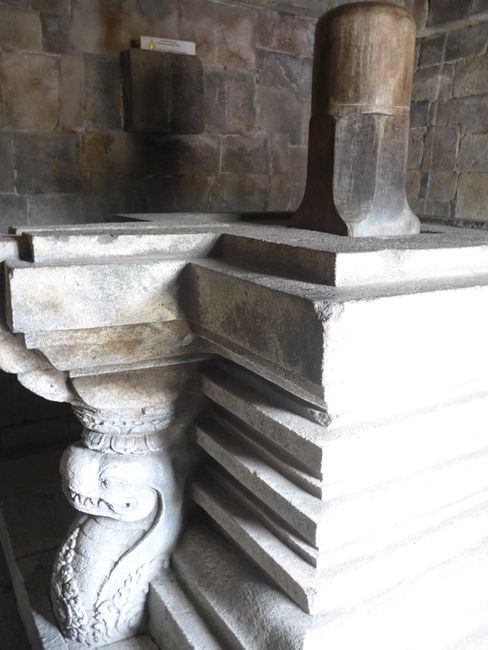
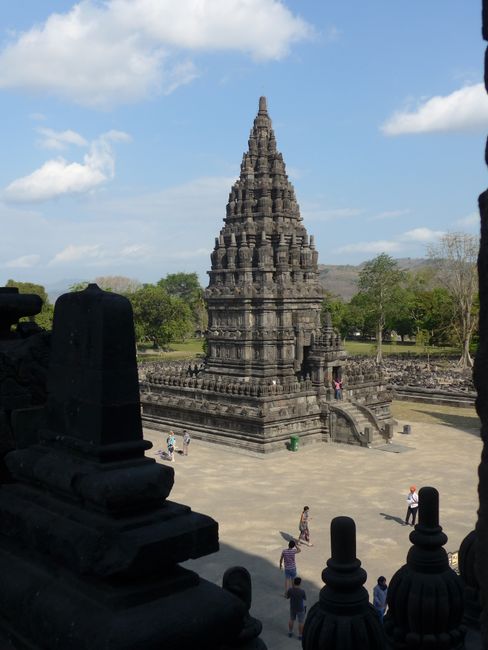
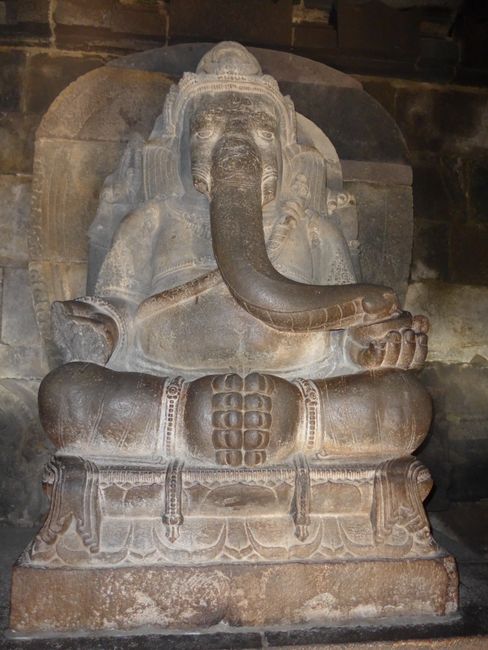
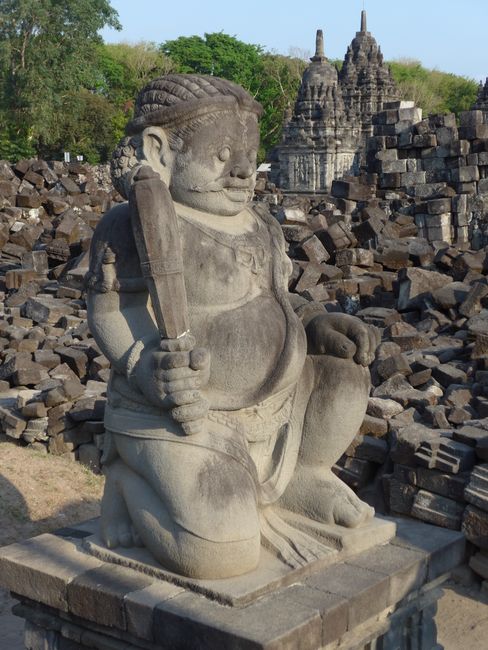
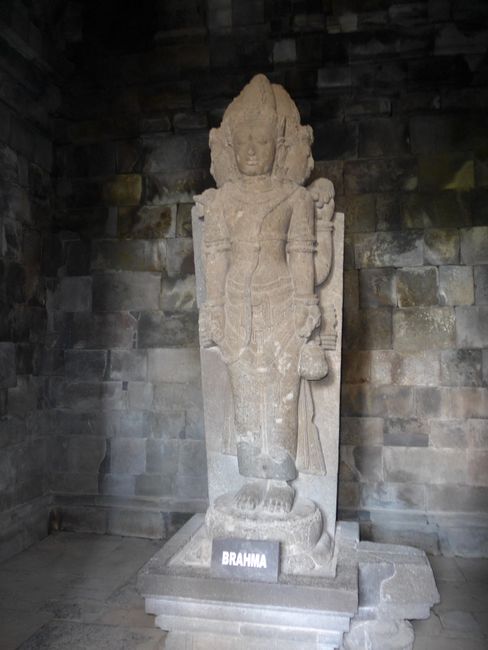
뉴스레터 구독
After arriving in Yogyakarta, the student and artist city, the day before, we first went to a batik workshop in the morning. We then learned that Javanese batik has little in common with what is understood by it in Germany.
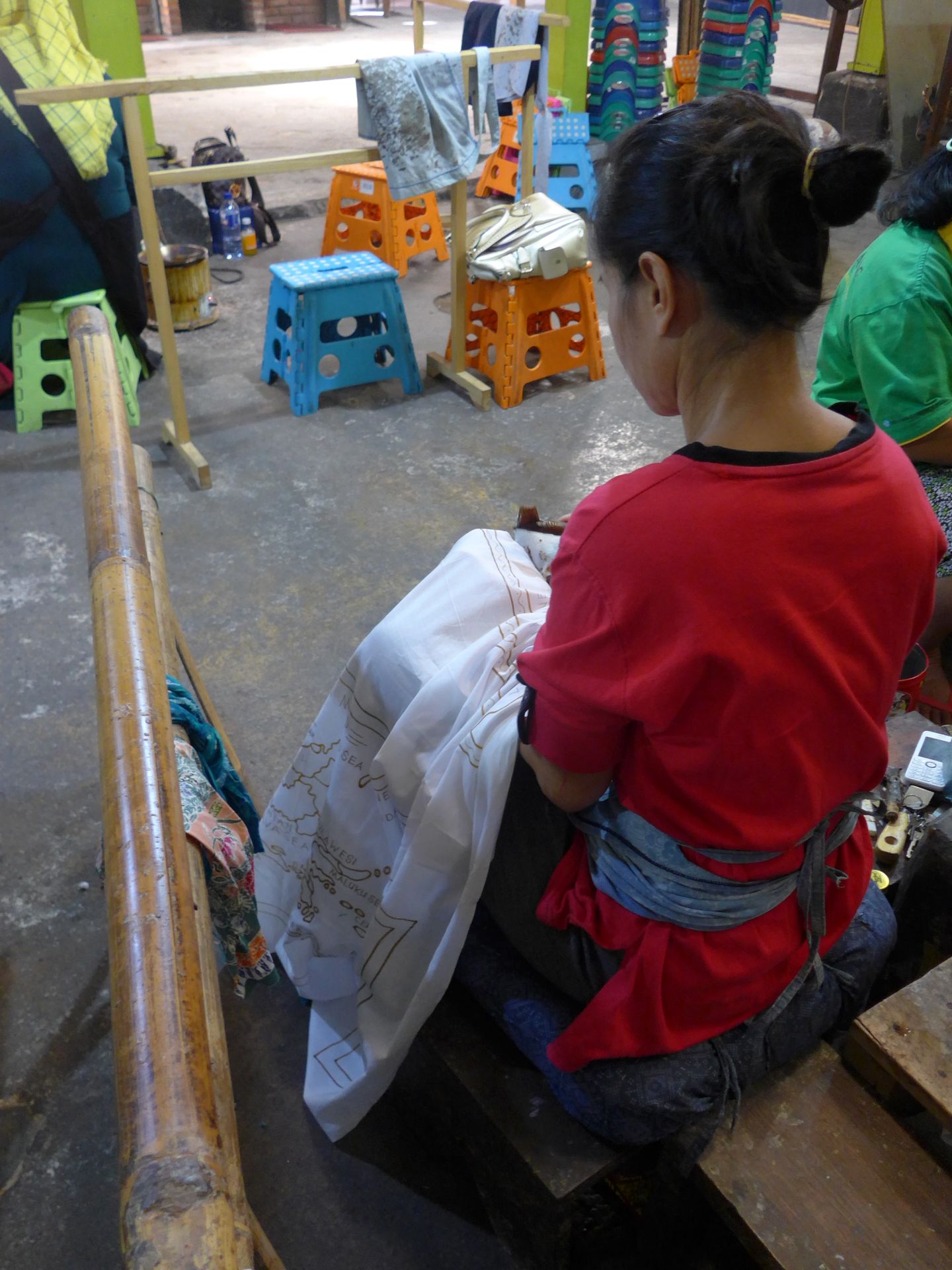
Images or ornaments are applied to the fabric with wax, which is then dyed. Then, all areas that should remain in this color are covered again with wax before the fabric is dyed again. This process is repeated until all colors are applied and the wax can be washed out.

Afterwards, we went to the sultan's palace, where the tenth sultan of the Sultanate of Yogyakarta, which is also a special province of Indonesia, resides. In this province, the governor is not elected but is identical to the sultan. This title is inherited by the eldest son, but the current sultan, much to the dismay of the residents of Yogyakarta, has only five daughters and no sons.
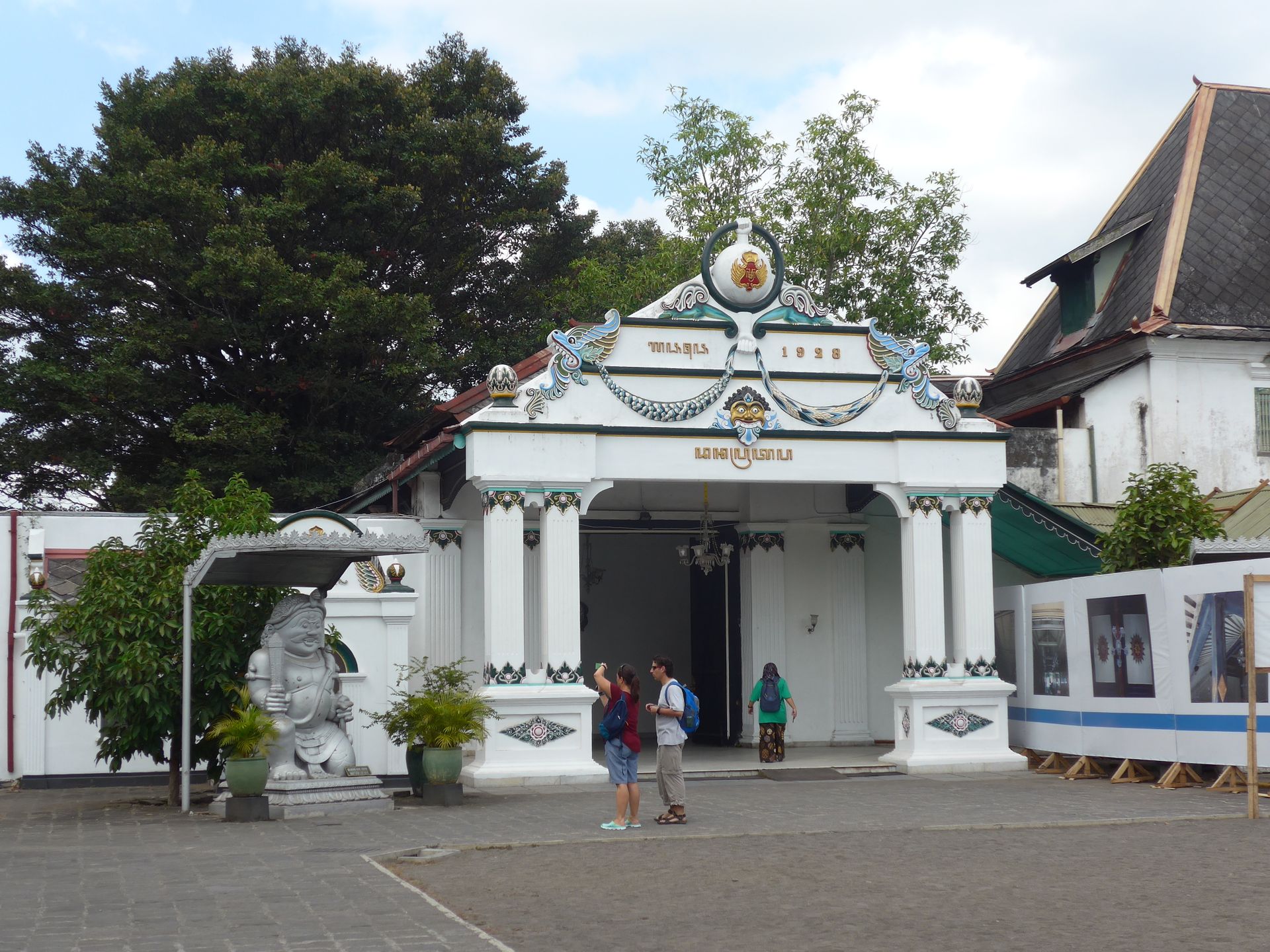
The palace is not only an attraction for many tourists but also still the residence of the sultan's family. However, the door to the apartment was closed, which meant that the sultan was not at home, as our guide explained to us.
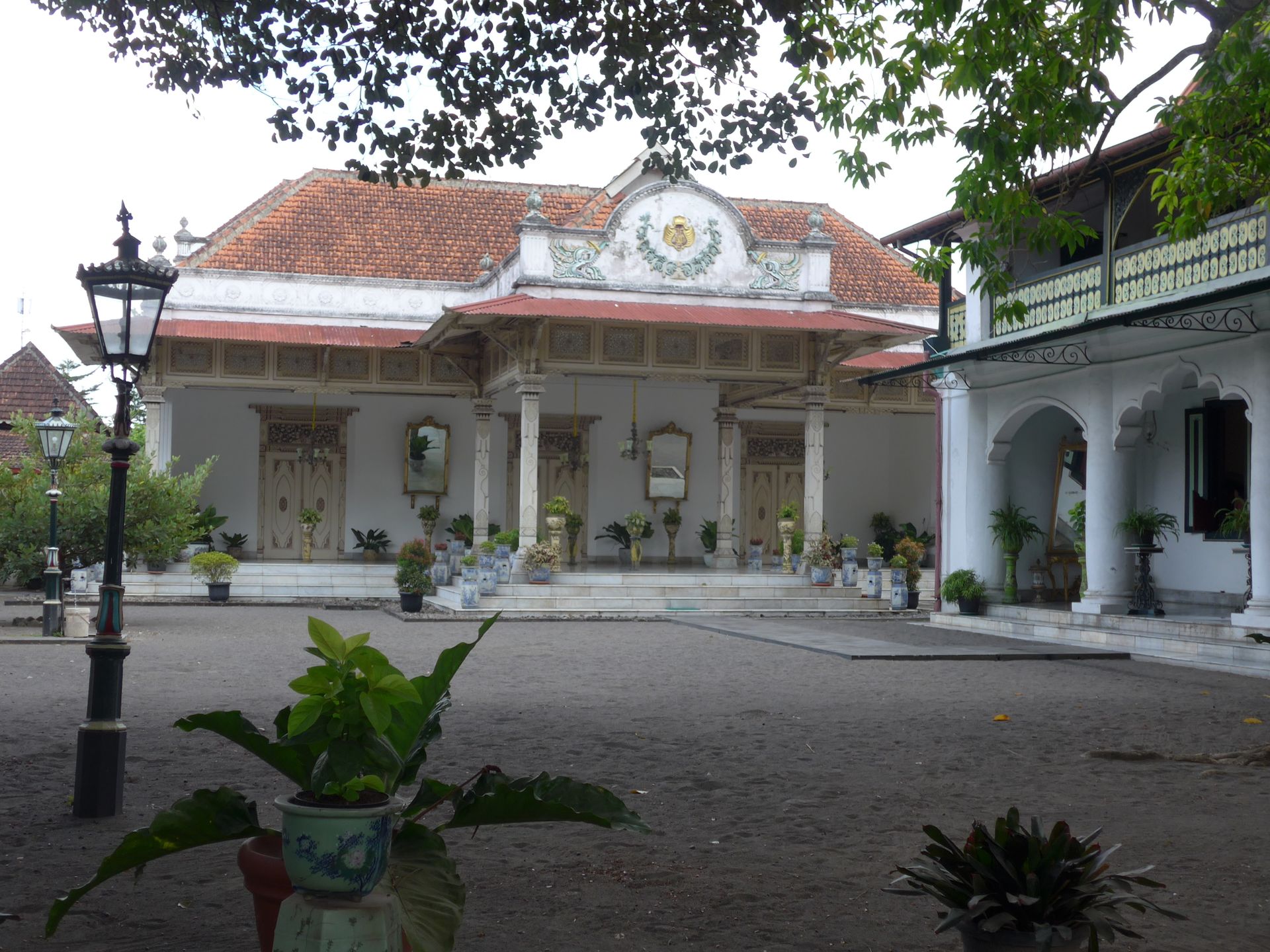
After the tour, we were able to watch a traditional shadow puppet theater in the sultan's palace. The puppeteer's narration is supported by a gamelan orchestra and shadow puppets. These puppets move less than in German puppet theaters, but there is a lot of dialogue with voice modulation, which we unfortunately did not understand due to our poor knowledge of Indonesian.
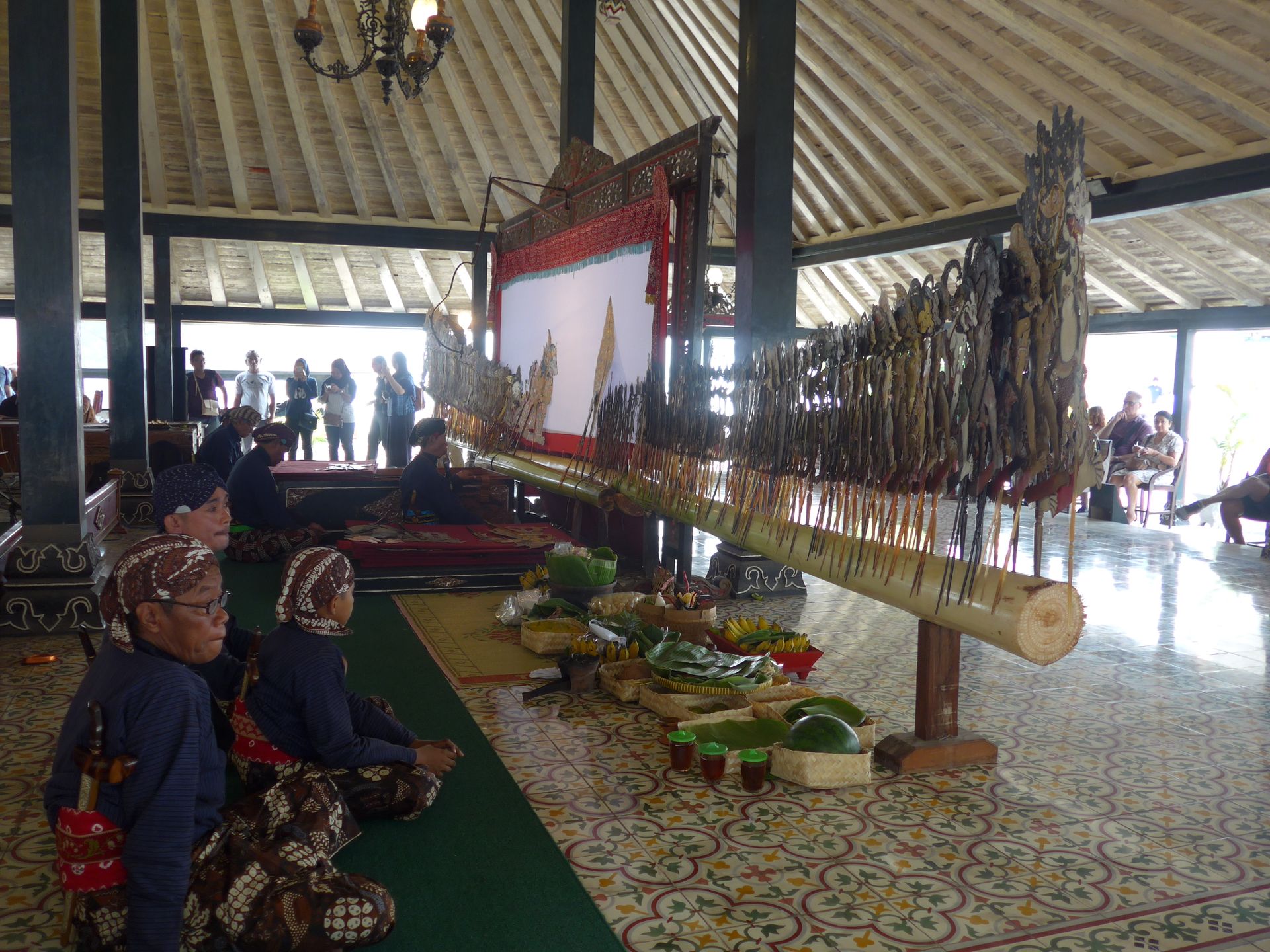
However, it was interesting to watch the performance for a while before continuing on to the water palace.
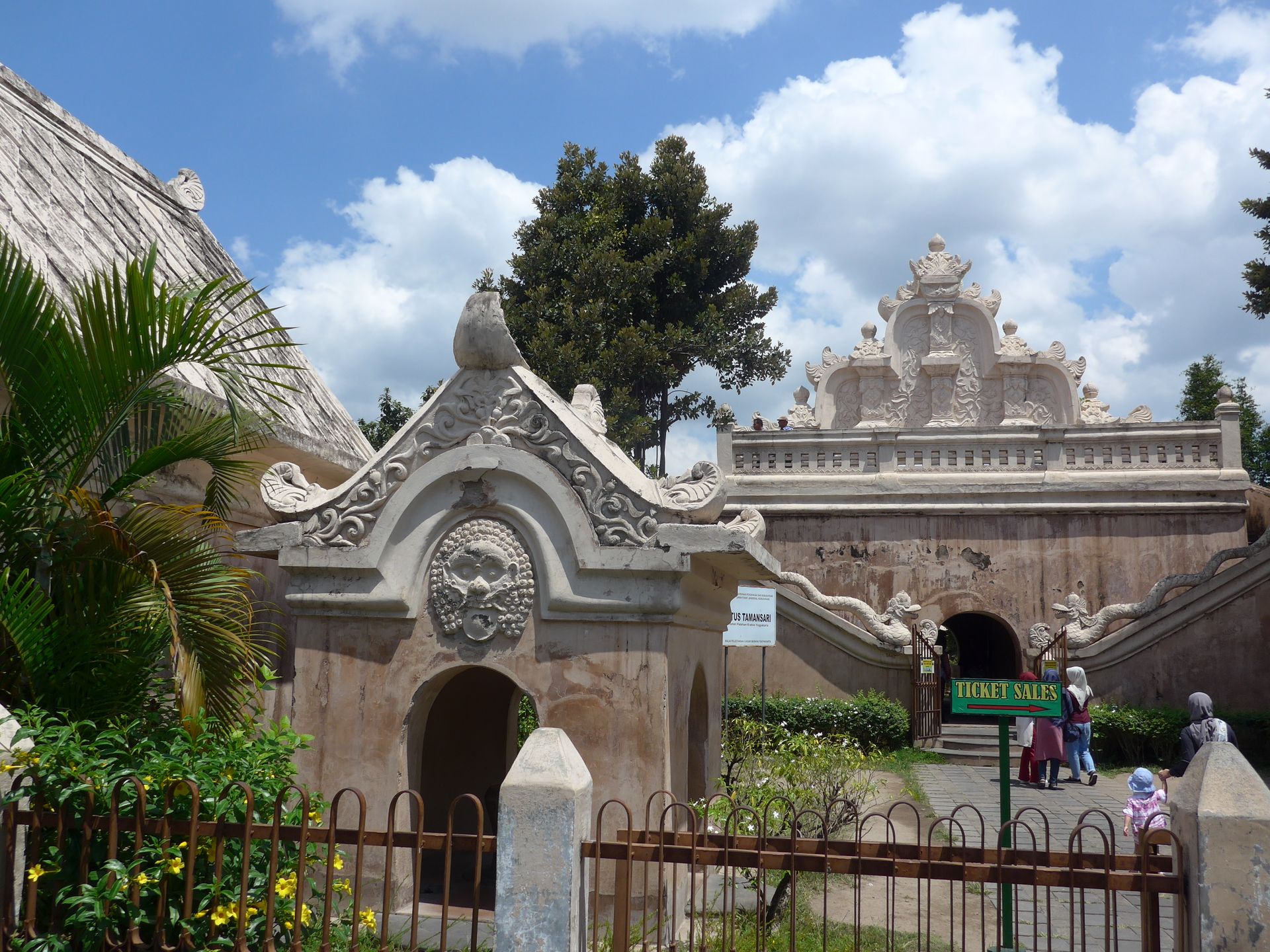
This palace served as a retreat for the first sultan, where he could dedicate himself to his numerous wives. From a viewpoint behind a window, he watched them bathing and then selected one of them for a private bath in his own swimming pool...

Before we got to the main attraction of the day, we visited two smaller temples: the Hindu temple Sambisari and the Buddhist temple Sari.
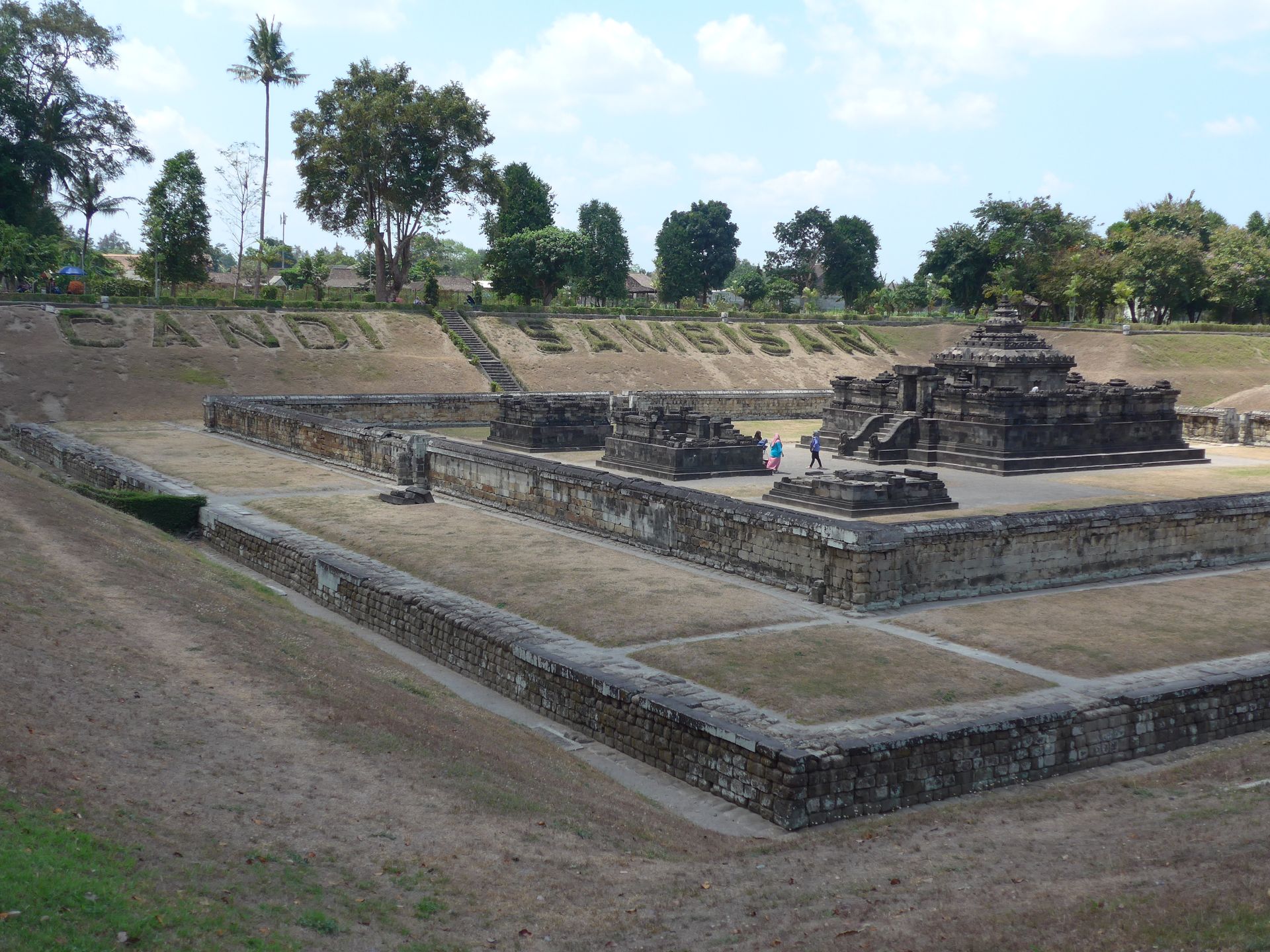
In the Sambisari temple, we were able to admire the male and female fertility symbols - Yoni and Lingga - which are usually missing the male part.
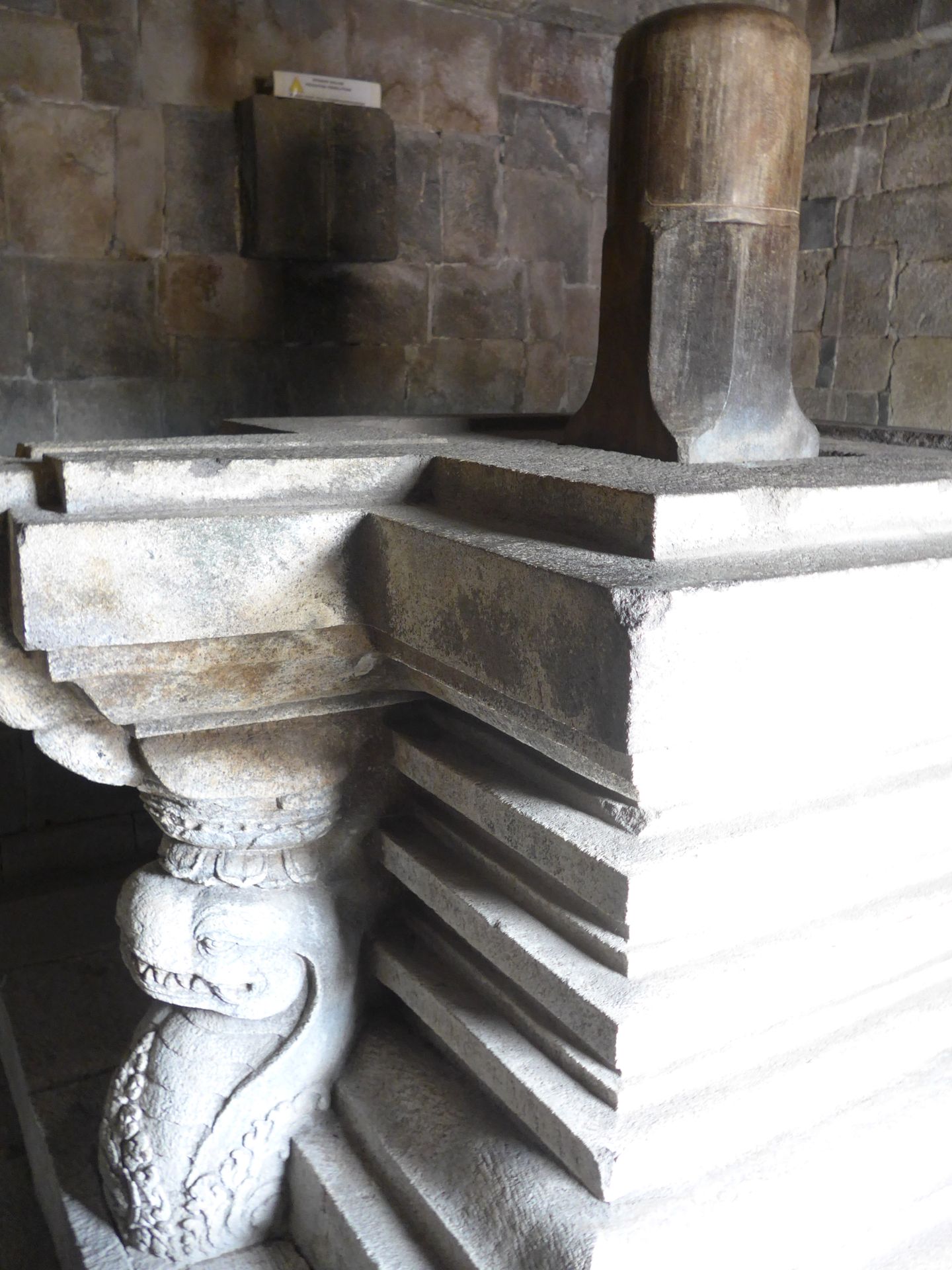
Yoni and Lingga
The Buddhist temple, on the other hand, was unfortunately empty but was inhabited by some bats.
To fortify ourselves for the largest temple complex in Indonesia, we went with our tour guide and driver to a 'warung', a small restaurant where many locals eat. Fortunately, our tour guide translated the dishes for us, so we didn't accidentally order the Internal Fish Stew. We tried some typical Indonesian dishes and were amazed that we only had to pay six euros for a meal for four people with appetizers and drinks...
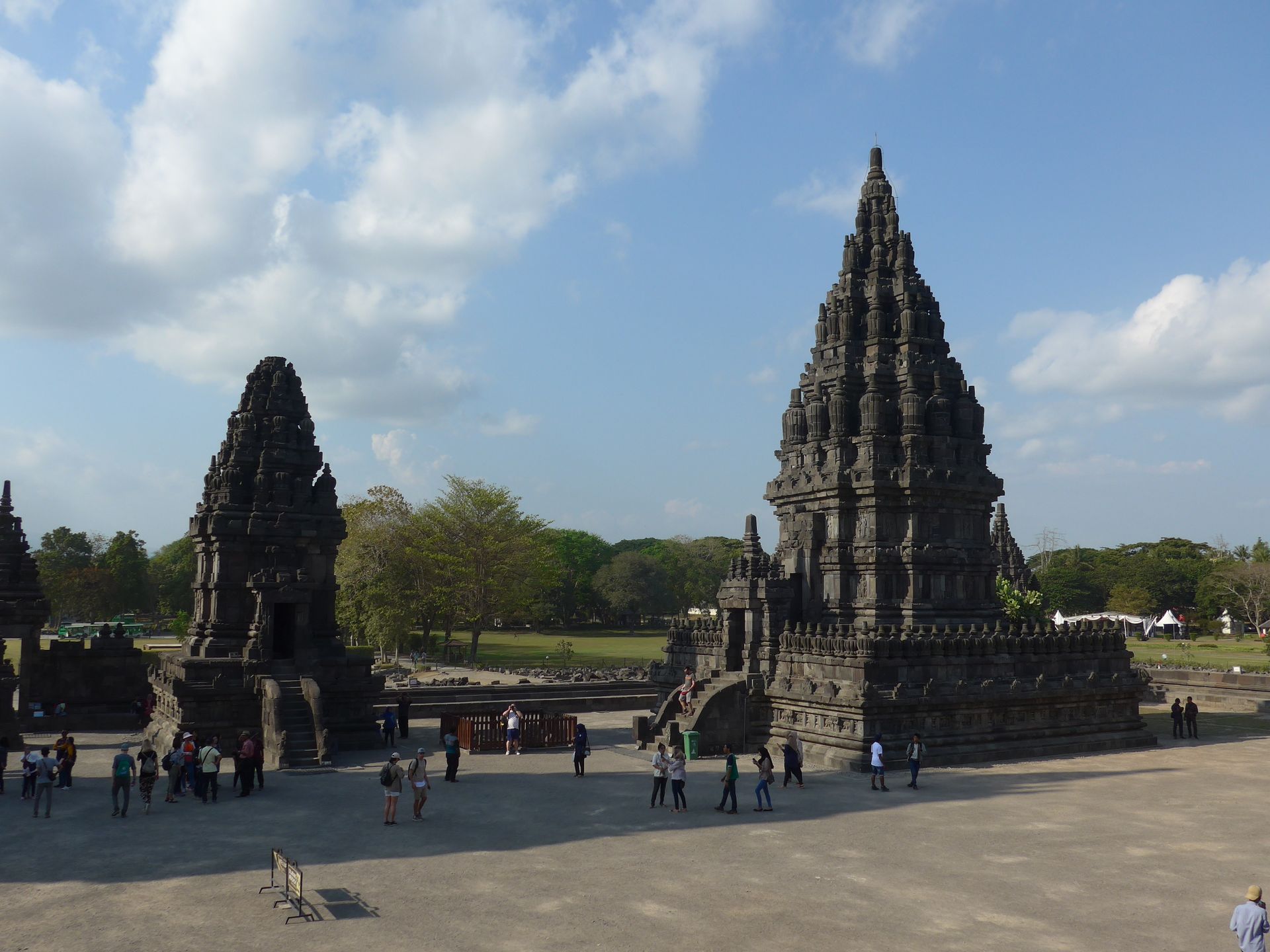
With filled stomachs, we then went to the Prambanan temple complex, which consisted of temples for the three main Hindu deities Shiva, Brahma, and Vishnu, as well as auxiliary temples for their mounts (goose, bull, and Garuda).

There were sixteen temples on the top terrace and 224 on the second terrace, most of which were not yet rebuilt.
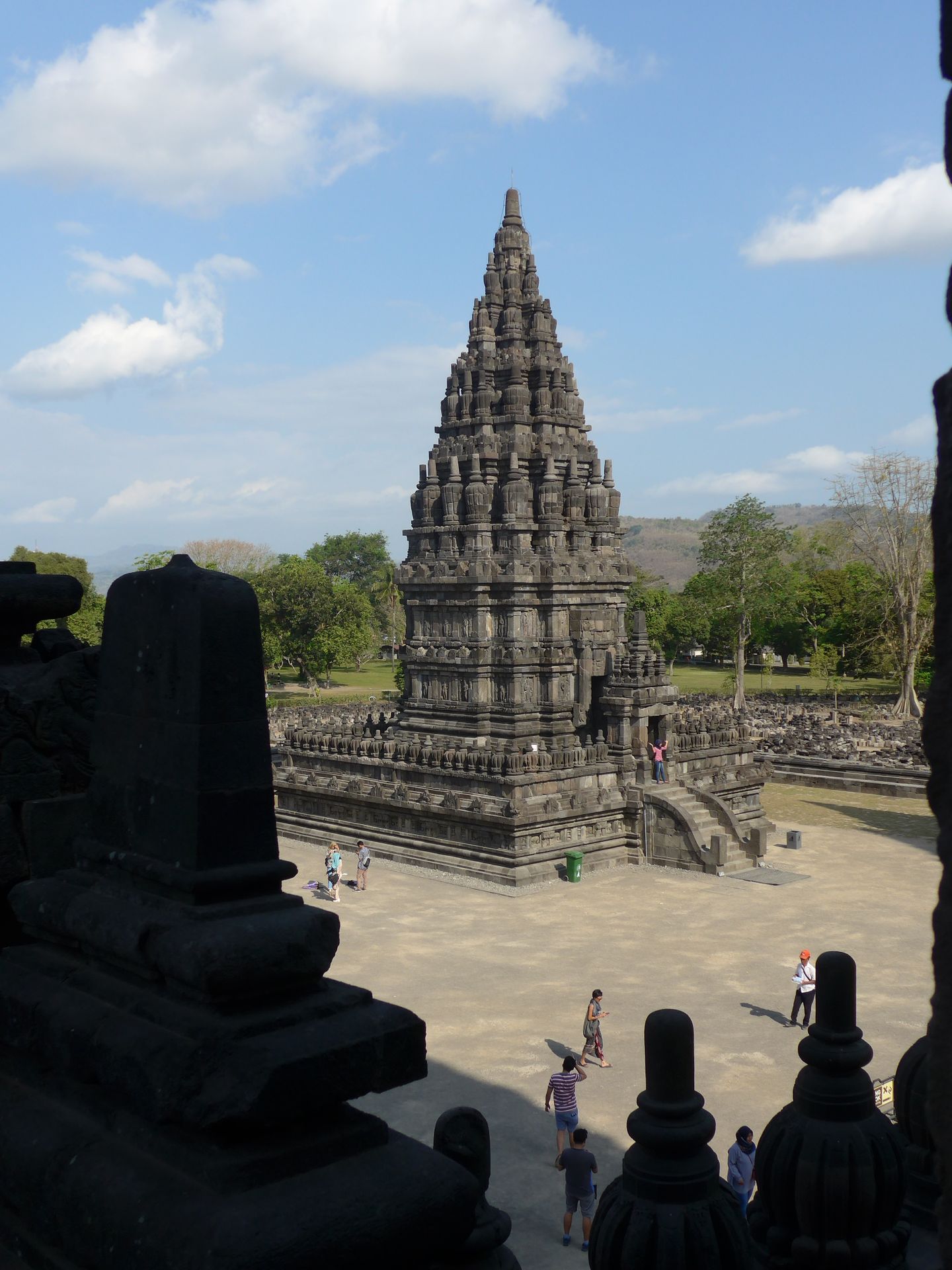
We took a closer look at the main temples, which was quite exhausting due to the heat and the crowds.
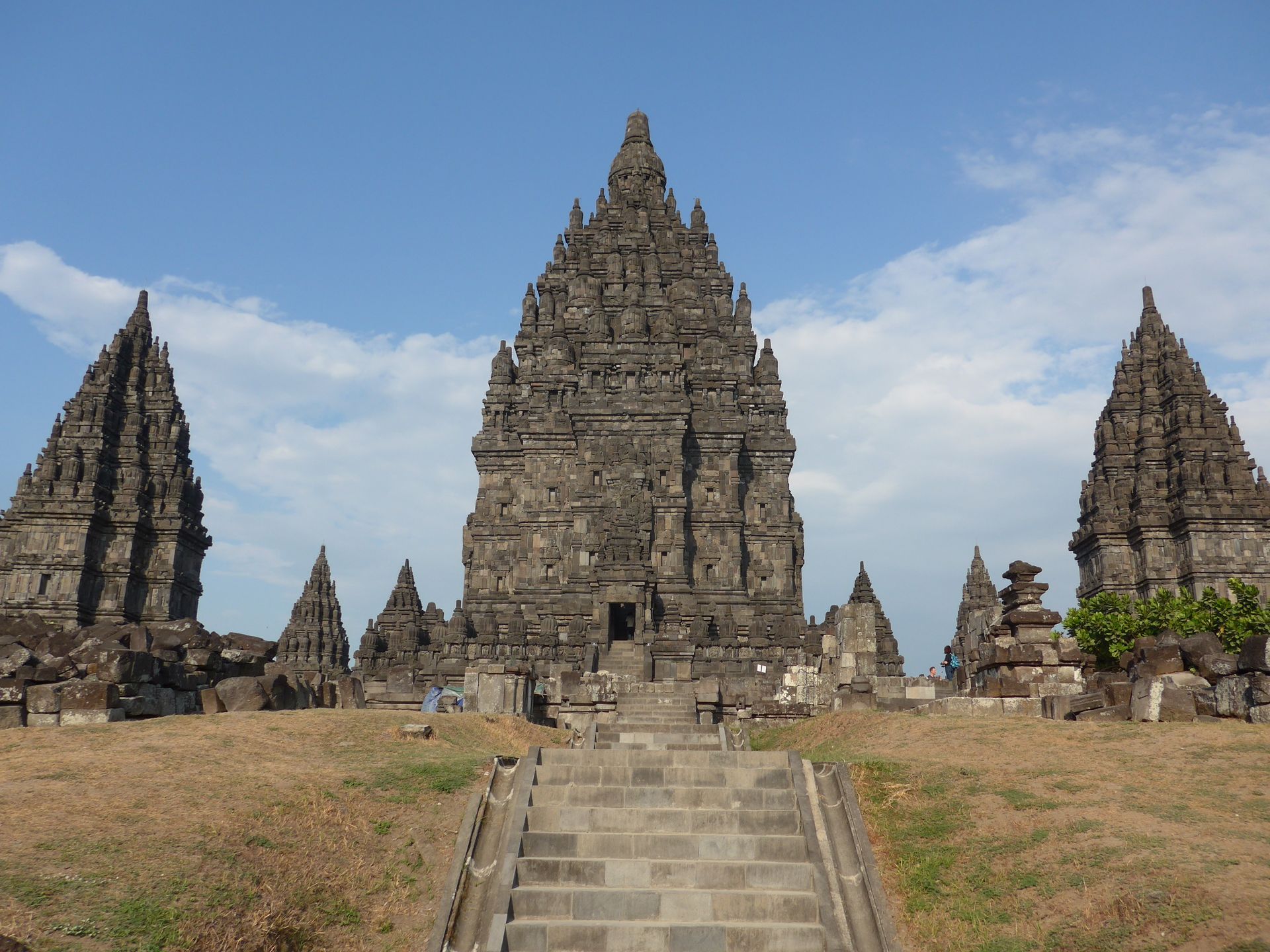
We explored the rest of the complex with a small train because of its vastness, which made a photo stop at the Buddhist temple Sewu.

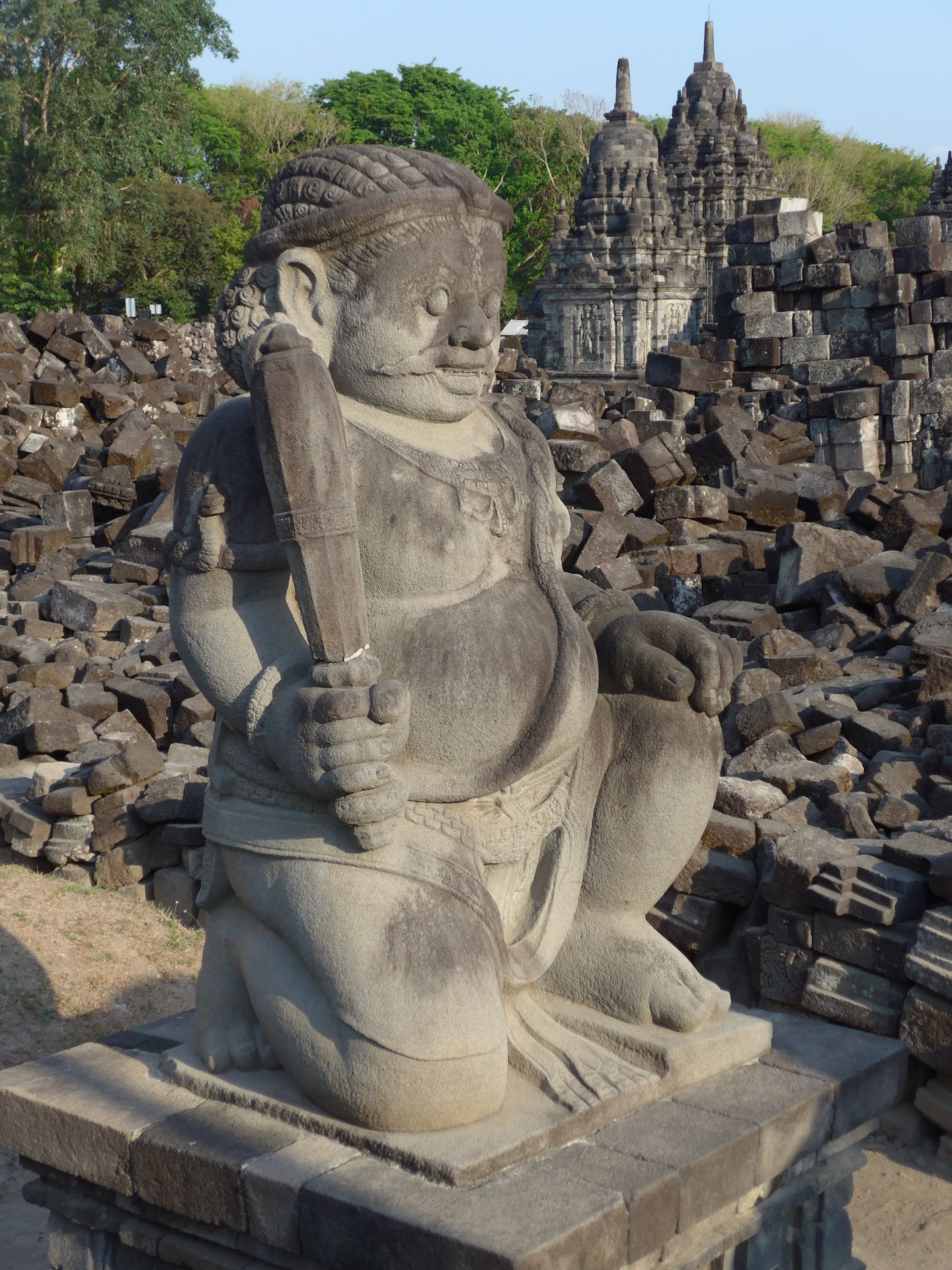
뉴스레터 구독
답변
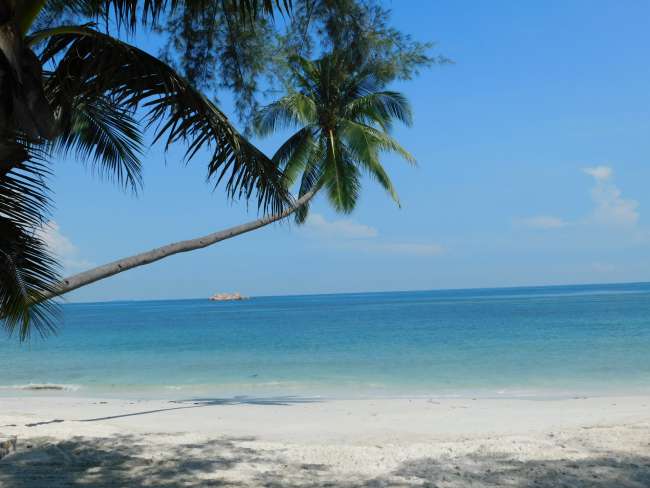
인도네시아 여행 보고서
